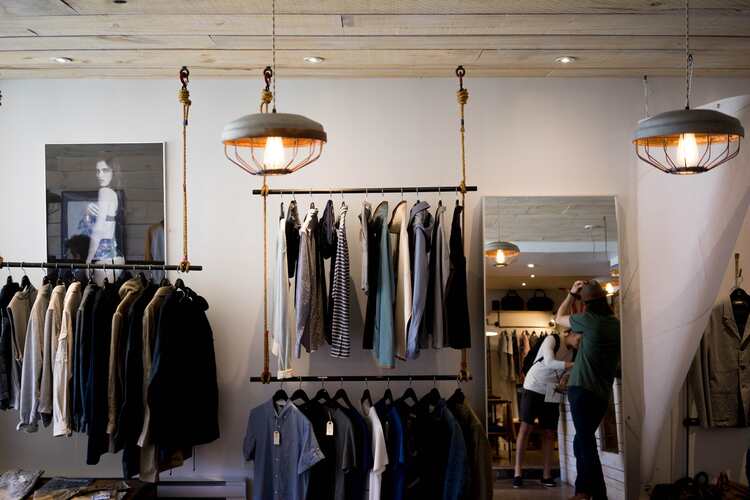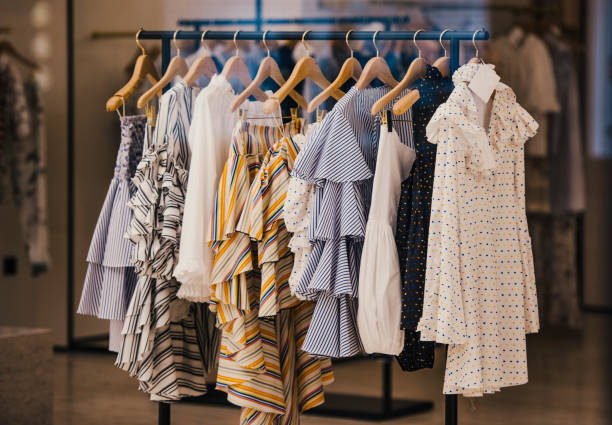Fashion has always been a dynamic and ever-evolving realm, continuously challenging societal norms and pushing the boundaries of self-expression. One of the most notable developments in recent years is the increasing acceptance and popularity of men wearing dresses. In this article, we will delve into this cultural shift, exploring the reasons behind it, its historical context, and the impact it has on the fashion industry and gender equality.
The Rise of Gender-Neutral Fashion
In the past, fashion was often heavily gendered, with distinct clothing categories for men and women. However, the 21st century has witnessed a growing movement toward gender-neutral or gender-inclusive fashion. Men wearing dresses is a prime example of this shift, as it challenges the traditional boundaries of what is considered acceptable attire for different genders.
Historical and Cultural Perspectives
Men wearing dresses is not a new concept; it has deep historical and cultural roots. From ancient civilizations to various indigenous cultures, examples of men in robes, tunics, or other dress-like garments can be found. In the Western world, figures like King Louis XIV of France and iconic fashion designers like Jean-Paul Gaultier have played significant roles in blurring the lines between traditional men’s and women’s clothing.
Celebrities and the Red Carpet
High-profile celebrities have been influential in popularizing the trend of men in dresses. Stars like Billy Porter and Harry Styles have donned dresses on the red carpet, challenging the status quo and sparking conversations about masculinity and self-expression. Their bold fashion choices have garnered widespread attention and praise.
Fashion Brands Breaking the Mold
Fashion brands and designers are recognizing the demand for gender-inclusive clothing. Many are now incorporating dresses and other traditionally feminine attire into their men’s collections. This trend not only reflects changing attitudes towards fashion but also creates opportunities for brands to reach a broader customer base.
Gender Fluidity and Self-Expression
The trend of men in dresses aligns with the broader movement of gender fluidity, which acknowledges that gender exists on a spectrum. Allowing individuals to express themselves through clothing without the constraints of societal gender norms is a significant step towards a more inclusive and diverse society.
Addressing Stereotypes and Prejudice
Despite the progress made in accepting men in dresses, there are still stereotypes and prejudice to confront. Society’s lingering gender expectations can lead to discrimination and negative assumptions. Breaking down these barriers and encouraging open dialogue is essential to fostering greater acceptance.
Impact on Gender Equality
The acceptance of men in dresses represents progress toward greater gender equality. It challenges stereotypes and biases that limit how individuals express themselves. In a world striving for equality, clothing should not be a barrier to personal expression and freedom.
Conclusion
The growing trend of men in dresses is a testament to the ever-evolving nature of fashion and the broader push for gender equality and self-expression. It encourages a reevaluation of societal norms, challenging traditional boundaries and celebrating diversity in all its forms. As fashion continues to evolve, it is crucial that society adapts and becomes more accepting of the choices individuals make in expressing their identity through clothing.



